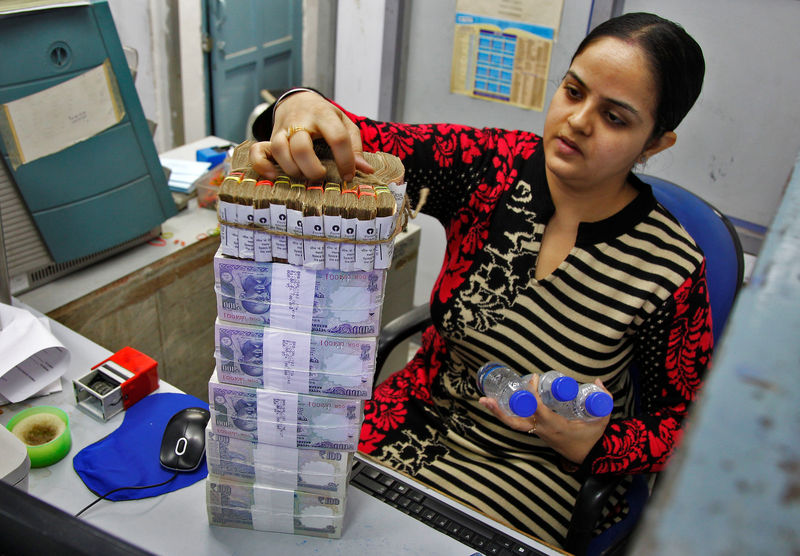 © Reuters.
© Reuters.
The Indian Rupee has seen a depreciation as the country faces increased demand for the US Dollar, while the Ministry of Finance has issued a warning about potential inflation risks. Despite these concerns, there is an expectation that lower oil prices and stable core inflation will help mitigate these risks. The Reserve Bank of India (RBI) is keeping a close watch on external financial factors that may impact the Rupee's value and the nation's payment balances.
In response to global trends among central banks, the RBI has expanded its gold reserves to 337 tonnes in Q3. This move is part of a strategy to bolster financial security amidst international market fluctuations.
India's economic outlook remains positive with an estimated GDP growth of 6.5% for the fiscal year 2023-24. This optimism is bolstered by strong performance expected in Q3, driven by festive season demand.
From a technical perspective, the USD/INR currency pair appears set for an uptrend, remaining above its 100-day Exponential Moving Average (EMA). Resistance is identified at the upper trading range of 83.35, with support near September's low of 82.80.
In comparison to other major currencies today, the US Dollar performed most strongly against the New Zealand Dollar.
Adding to economic indicators, the Chicago Fed National Activity Index pointed to an economic slowdown with a decrease to -0.49 in October. Similarly, US Existing Home Sales saw a decline of 4.1% month-over-month, signaling a contraction in the housing market.
The RBI's interest rate decisions remain crucial as they seek to balance currency stability with controlling inflationary pressures. These measures are essential for maintaining economic growth and managing inflation in India.
This article was generated with the support of AI and reviewed by an editor. For more information see our T&C.

